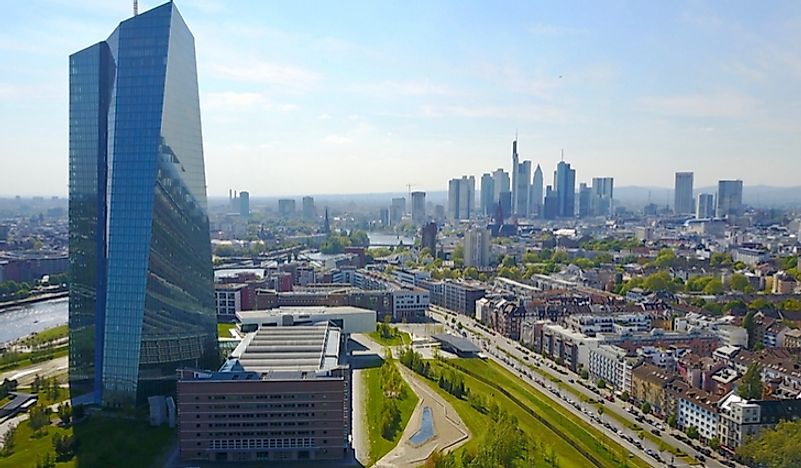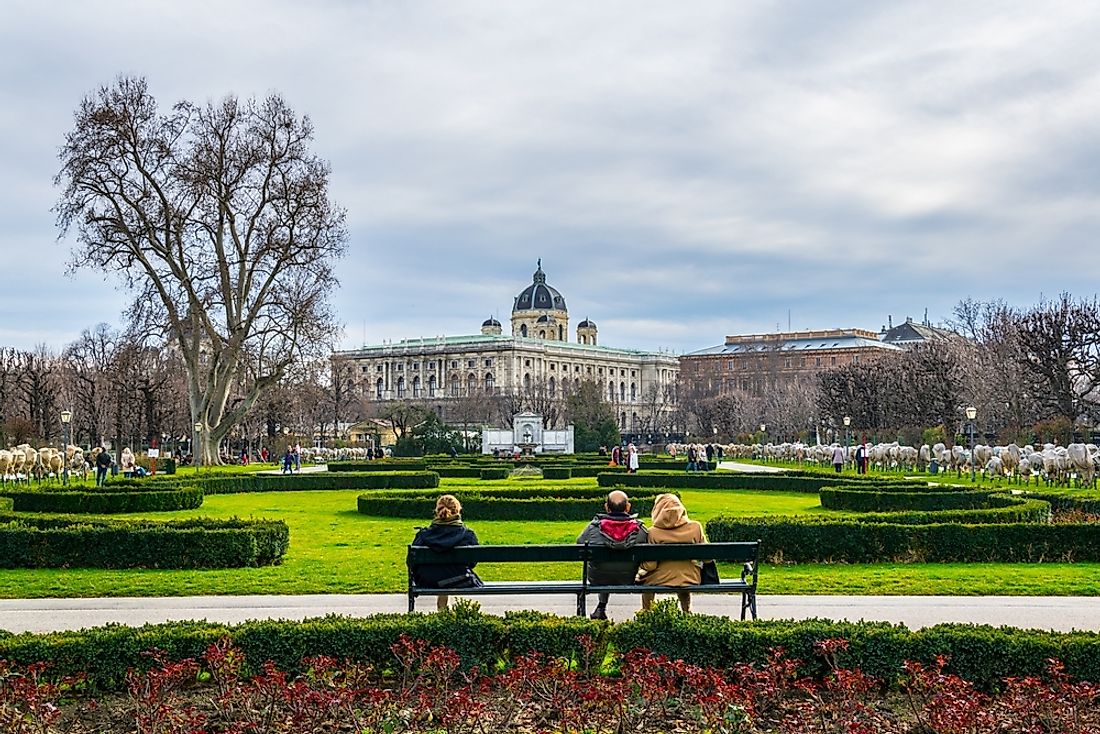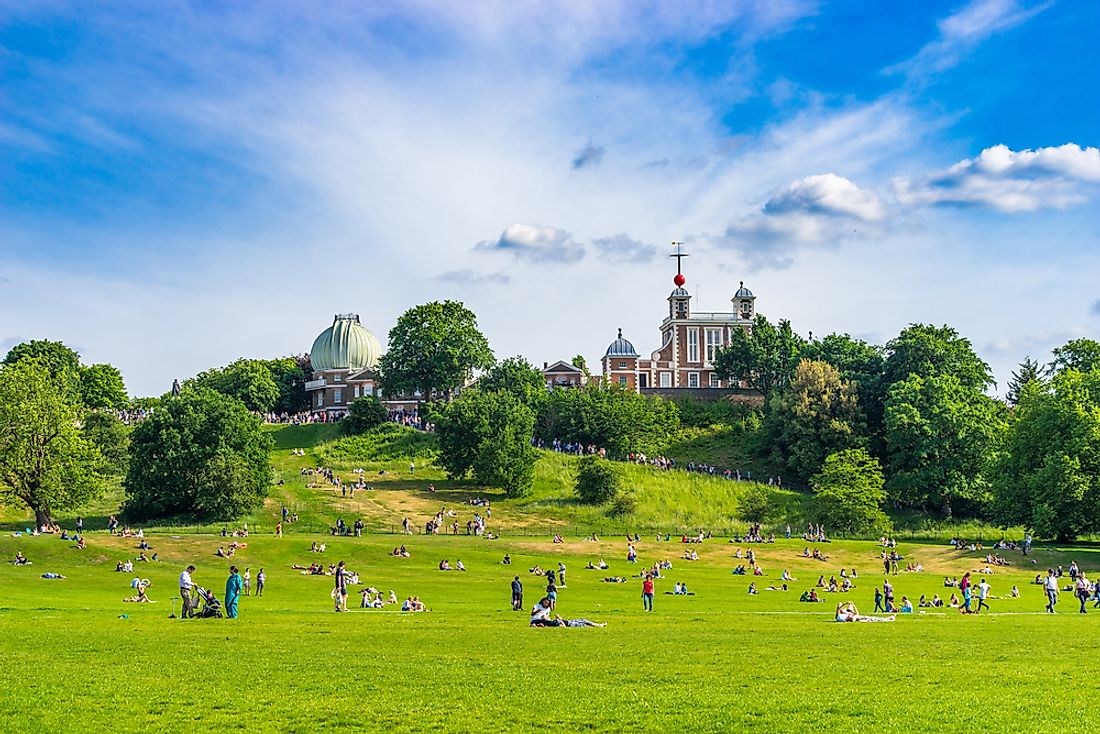The World's Most Sustainable Cities

Sustainable cities, also referred to as an eco-cities, work towards creating environmentally, economically, and socially resilient surroundings for their citizens without compromising the needs of the future generation to thrive in the same environment. According to the Sustainable Cities Index, sustainable cities can be evaluated on three parameters that can be summed up as such:
- Profit
The profit factor measures the value of real estate and the ease of starting and running businesses.
- People
The people index focuses on the living standard of the people, literacy, education, and health.
- Planet
The planet factor focuses on transportation, water, sanitation, air pollution, and carbon emission among other factors.
Here is a list of the most sustainable cities in the world.
10. Frankfurt, Germany

Frankfurt is the financial hub in Germany and hosts the European Central Bank. Frankfurt has also been an eco-city for years now. Over 52% of Frankfurt is covered by open green spaces like water bodies, woodlands, and parks. The local government has a concrete plan for nature and water conservation, energy efficiency, and climate protection. The city plans to be 100% dependent on renewable energy source by 2050 and reduce the carbon emission by 50% by 2030.
9. Hong Kong
Boasting more skyscrapers than anywhere else in the world, Hong Kong also happens to be one of the world's most sustainable cities. Most of Hong Kong's achievements in sustainability have been on the profit side, as they are, after all, a major world financial center. Hong Kong has a diverse economy based on banking, tourism, electronics, and textiles. The city also has a large and efficient public transit system, which means that locals do not need access to a vehicle.
8. Oslo, Norway
Oslo is the capital and the largest city in Norway. It is also a leading city in sustainability, thanks to its plan to be a "City of the Future" through focus on cutting down on carbon emissions and waste. The Oslo Airport is home to a Green Terminal, the first of its kind in the world.
7. Munich, Germany
Munich is the 3rd largest city in Germany and also the most sustainable. Just like the other German cities, Munich has a concrete strategy for climate protection and nature and water conservation. Munich is the economic powerhouse of Germany which hosts most of the major industrial powers who relocated to Munich after WWII. Munich targets to be using 100% clean electricity by 2025. To protect the climate, Munich targets to reduce carbon emission by 10% every five years and become carbon neutral in 2050.
6. Zurich, Switzerland
This Swiss city is famous for its flourishing finance business, unique transport system, and high-quality lifestyle. Zurich can count on a sustainable transport system, and also invests in efficient and renewable energies. Zurich wants everyone using 2,000 watts of green-energy by 2050.
5. Vienna, Austria

The city of Vienna has implemented a comprehensive climate protection strategy, sustainable business, sustainable procurement, and recycling of bottles. The capital city of Austria is the first city in the world to have a fleet of electric-powered buses throughout the central city which reduce carbon emission while improving citizens' standard of living. These buses recharge at the bus terminal ensuring that they run efficiently all day long.
4. Singapore
Singapore is a self-governing city-state and an island nation located in Southeastern Asia. Singapore has an inadequate supply of fresh water, but since importing fresh water from Malaysia is costly, the state developed novel methods to ensure they use the scarce supply of water in the country wisely. Singapore took advantage of numerous water management innovations including saltwater desalination, recycling of reclaimed water, and rainwater catchment methods. The city has eco-friendly transport regulations which discourage unnecessary vehicle ownership. To lower carbon emission in the city, the BCA (Building and Construction Authority) set up many green living standards which every building in the city must adhere to since 2005. The Zero Energy Building is the greenest in the country and a test subject for future building designs.
3. Edinburgh, United Kingdom
Edinburgh, the second largest city in Scotland, is also one of the world's most sustainable places. Edinburgh particularly ranked highly in the "people" portion of the analysis, thanks to its vibrant urban life. In fact, Edinburgh ranked number one in the world in terms of "people". It's not surprising considering the city also enjoys a low crime rate and a relatively small income gap.
2. Stockholm, Sweden
The capital of Sweden stretches across 14 islands where the Malaren Lake flows into Baltic Sea. Over 2.3 million Swedes live in the metropolitan area of the city. Swedes rank first in the European Union in organic food consumption, usage of renewable energy, and recycling of bottles and cans. Stockholm is recognized for its numerous innovative urban sustainability goals and visions which includes becoming 100% fossil-fuel free by the end of 2050. The city is known for increasing their GDP-growth while lowering carbon dioxide emissions.
1. London, England

London is one of the most popular cities in the world both for tourists and residents, and it is a great example of a sustainable metropolis. In 2003, London introduced taxes on vehicles entering the central city during the weekends as a means of discouraging the overcrowding of cars. The collected revenue funds public transportation and related infrastructures. The local government has implemented numerous strategies including an air quality plan, noise reduction, and waste recycling, among other policies. The city has adopted diesel-electric buses which operate throughout the city to reduce carbon emission. These buses reduce carbon emissions by 40% which helps the city achieves its goal of 60% greenhouse gasses reduction by 2025.











